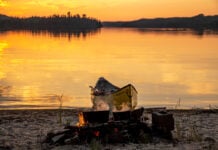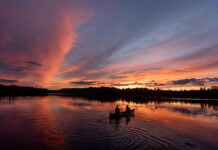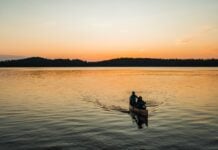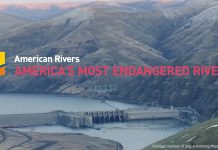With more than 20,000 river-kilometres behind his paddle, Max Finkelstein is the perfect poster boy for the Canadian Heritage Rivers System. He’s travelled most of the 34 Heritage Rivers, explored hundreds of other waterways and written a book, Canoeing a Continent, about his trip retracing Alexander Mackenzie’s famous 18th century canoe route across Canada. He even paddles to work.
Work in this case is in the Gatineau, Quebec, offices of the Canadian Heritage Rivers System (CHRS), Canada’s federal program for river conservation. A six-kilometre paddle down the Ottawa River from his home lands him at his desk where, along with manager Don Gibson and planner Brian Grimsey, he promotes the Heritage Rivers System.
Canadian Heritage Rivers System: Preserving a nation of rivers
“I was a planner for Parks Canada in 1988 when I took my first northern trip to the Thelon River,” remembers the 52-year-old Finkelstein. “The Heritage Rivers guy in the office next to mine asked if I would submit a report on the ‘heritage resources’ I saw,” he recalls with a laugh. Finkelstein wasn’t really sure what he was supposed to report on, but he figured he had done a good job when he was offered a job.
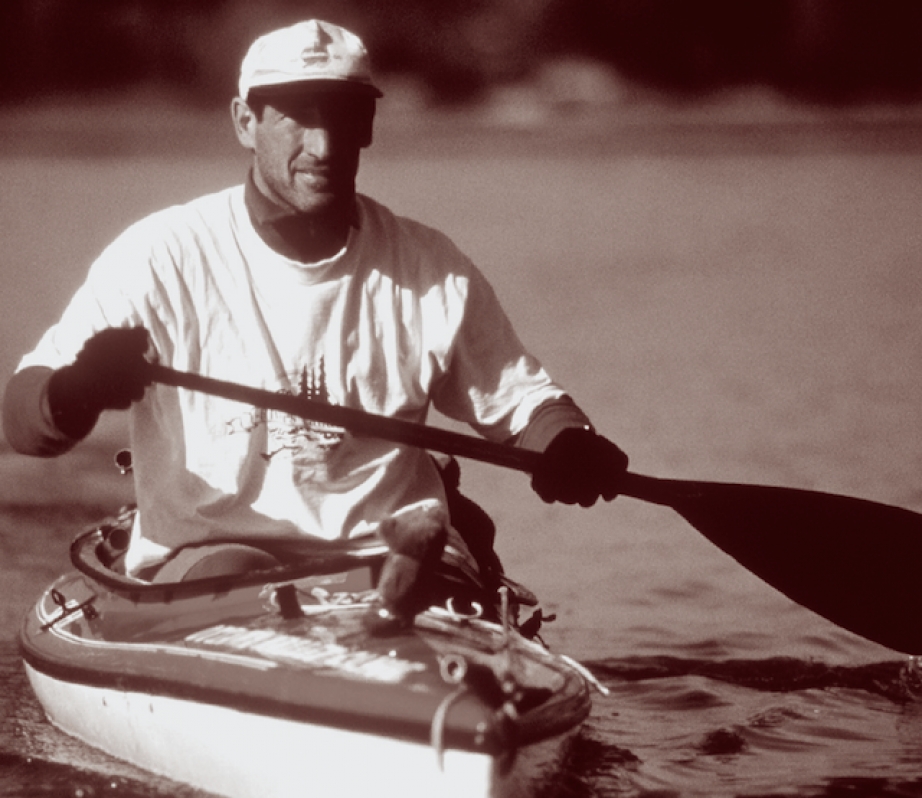
Now the marketing and communications officer at CHRS, Finkelstein’s job is to make sure Canadians know about the program celebrating the river heritage of their country. Finkelstein’s 10-foot by 10-foot, standard-issue cubicle—overflowing with maps, books, photographs and files—is one place all significant rivers in this country pass through. He spends most of his time in the office on the web or the phone but he’s a frequent guest at conferences where he ambles up to the podium with his tanned, craggy face and ruffled hair, looking like he’s just pulled into a campsite.
He also spends a lot of time fielding questions from canoeists looking for information on the rivers.
“Sometimes I feel like a travel agent,” Finkelstein laughs. He’s happy to steer people toward information on canoeing the rivers, but he never tells them his favourite campsites.
Finkelstein finds a pair of glasses he didn’t need in the 1980s and pulls his original report on the Thelon River off his shelf. He thumbs through the 65 pages he wrote about the river’s archaeological sights, more recent history, plentiful wildlife, recreational opportunities and pristine, unspoiled state.
The Thelon River, in what has since become Nunavut, was added to the list of Heritage Rivers in 1990, joining rivers that had also been recognized as important for some combination of their natural assets, cultural history and recreational value. Once designated, the rivers benefit from management plans designed to preserve that which makes them so special.
Origins of the CHRS
The origin of the CHRS is legendary among wilderness paddlers. It goes back to the fabled Canadian Wild River Surveys of 1971 to 1974 when the Trudeau government hired students for the summer—no doubt clad in cut-off jeans with their long hair kept back by blue bandanas—and sent them out across the country in 17-foot Grummans to survey significant rivers. Those surveys—part of a National Parks planning initiative submitted to a young cabinet minister named Jean Chrétien—were the basis for a 1978 conference in Jasper National Park. It was the first time a national river conservation program had been contemplated by the senior levels of government. Six years later the CHRS was born.
“The whole CHRS process is now driven by concerned citizens who nominate their local river,” Finkelstein explains. “They are idealists and visionaries who involve themselves when they see their river becoming threatened, whether by something obvious like a dam proposal or something incremental like pollution.”
Once a river has been nominated the CHRS Board assesses whether it will meet their criteria. If the board supports the nomination it still has to be approved by the relevant provincial ministry.
The final step toward designation is the creation of a river management plan that will “conserve the river’s outstanding natural, cultural or recreational values.” This plan can spend years wending through government office corridors given the number of different agencies, departments, citizen groups, businesses and land owners that have an interest in a river and therefore have to lend support to any plan before the board will accept it. Ontario’s Missinaibi River languished as a nominated river for 19 years before lumber companies operating in the area were brought on board, allowing the river to gain status last year.
Even when full Heritage River status is granted, it carries with it no actual legislative weight.
“Heritage status means what the communities make it mean,” Finkelstein explains. A CHRS management plan co-ordinates conservation efforts and encourages cooperation, but unless governments extend additional protected status to the river, the fate of the river ultimately rests on the community’s resolve to stay true to the plan.
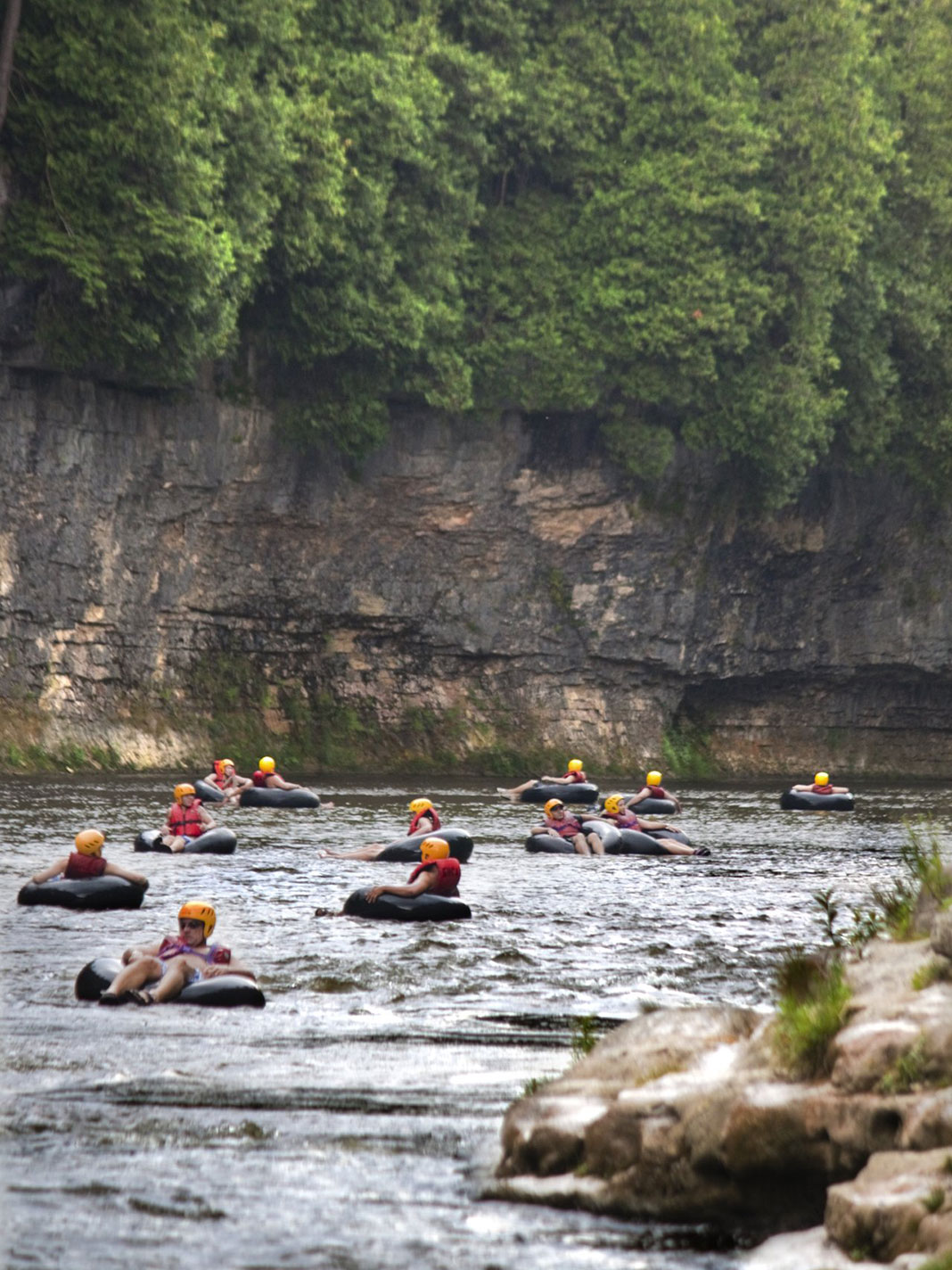
How heritage designation helped the Grand
Finkelstein points to southwestern Ontario’s Grand River. The Grand was so polluted in the 1970s that local communities did their best to ignore it. After being designated in 1994, the area adopted the river as the focal point of its tourism pitch. Different groups along the river cleaned the waterfront, reduced pollution, restored buildings and re-stocked fish populations, and in 2000 the Grand River won the Thiess International Riverprize for “excellence in river management.”
Finkelstein’s low, rumbling voice becomes livelier when talk turns to rivers now working their way through the nomination process.
“Some really important rivers are finally getting attention,” he explains. “The Mackenzie, the Ottawa, the St. John and the Red are all in the works—truly major river systems of national importance.”
What has Finkelstein excited is the “cross jurisdictional” nature of these rivers. Early CHRS rivers, such as the Yukon’s Alsek River or Alberta’s Athabasca River, were often located within a national or provincial park. Full government support allowed for easy management planning. It wasn’t until some more urbanized nominees—such as the Grand River and New Brunswick’s St. Croix River—were proposed that the more difficult community-driven process was tested. The newest nominees involve numerous communities, various stakeholders and multiple levels of government. That the CHRS can be successful in these confused waters indicates a real maturing of the program.
Now just two years away from retirement, Finkelstein looks back on two decades of the Heritage River System with satisfaction at seeing how general attitudes toward conservation have shifted.
“An economic impact study was done years ago on the benefits of a river receiving Heritage River status. It was based on tourism dollars. It is not of much use, really,” Finkelstein admits, shuffling through papers in a file trying to find the forgotten study. “Really, how do we value a functioning ecosystem? How do we value a good place to live?”
Just because there is no easy answer to the question doesn’t mean it is unimportant, and Finkelstein has seen more Canadians realize that every year. The study stays missing as he packs up and walks down to the river where he’ll launch his canoe and head home.
It’s an upstream paddle on the way home; in low water he has to pole his way up the shallow swifts. Some would think it’s a tough way to get through the daily commute, but Finkelstein doesn’t think there’s any better way to get around his nation of rivers.
Jeff Jackson met Max Finkelstein in 1997 on the Ottawa River during Finkelstein’s cross-Canada paddle.
Feature photo: J. David Andrews



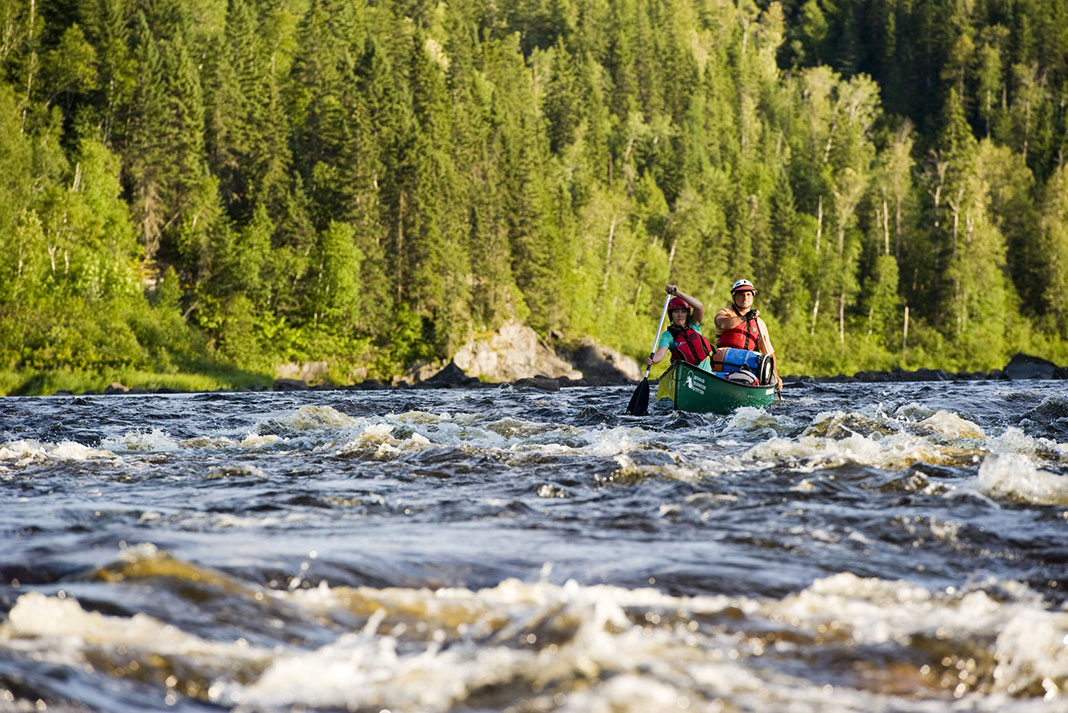
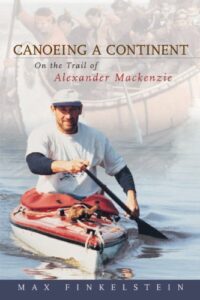
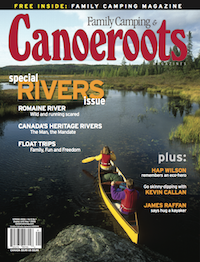 This article was first published in the Spring 2006 issue of Canoeroots Magazine.
This article was first published in the Spring 2006 issue of Canoeroots Magazine. 